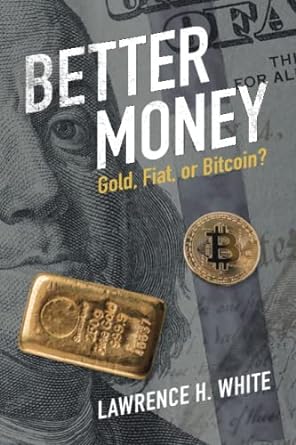Question
Question 4 : Suppose that you are given 2 scenarios: Scenario #1 Given that you already have $1000, you have the following 2 choices: You
Question 4: Suppose that you are given 2 scenarios:
Scenario #1 Given that you already have $1000, you have the following 2 choices:
- You can receive another $500 for sure.
- You can flip a fair coin. If the coin flip comes up heads, you get another $1,000. But if it comes up tails, you get nothing (nada zilch).
Scenario #2 Given that you already have $2,000. You have the following 2 choices:
- You can lose $500 for sure.
- You can flip a fair coin. If the coin flip comes up heads, you lose $1,000. But if it comes up tails, you lose nothing (nada zilch).
In an experiment, researchers have found that 85% of the people participated in scenario #1 select option (a) whereas 70% of the people asked in scenario #2 select option (d) even though the average amount of money that you can expect to get, regardless of the options is $1,500 (and effectively, both scenarios are IDENTICAL in terms of the outcome). What type of behavioral bias does this example represent?
In your own words, explain what this behavioral bias means in plain English such that an educated colleague students (not necessarily in business or Finance) can understand and follow your line of thoughts.
Reflecting this behavioral bias on yourself, are there other examples of when you experience the above-mentioned behavioral bias yourself? If so, please elaborate. If not, why do you think you are able to avoid this behavioral bias?
Step by Step Solution
There are 3 Steps involved in it
Step: 1

Get Instant Access to Expert-Tailored Solutions
See step-by-step solutions with expert insights and AI powered tools for academic success
Step: 2

Step: 3

Ace Your Homework with AI
Get the answers you need in no time with our AI-driven, step-by-step assistance
Get Started


